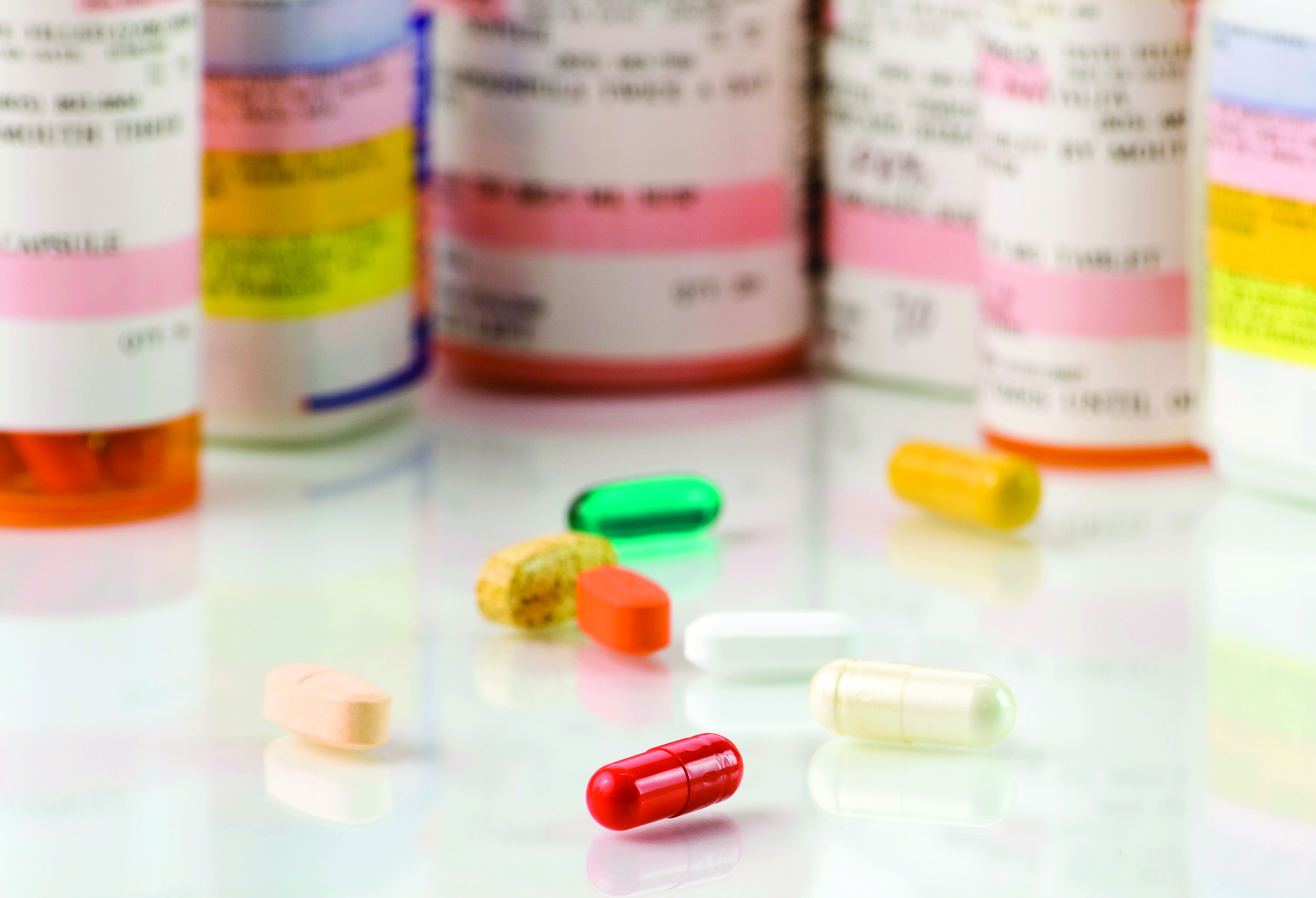Rising risk: Interaction threat increases along with prescription drug use | by

More than half of Americans take at least two prescription drugs, and 20 percent take five or more, according to a 2013 Mayo Clinic study. Factor in common use of over-the-counter medications and dietary and herbal supplements, and millions of people are at risk of a drug interaction.
That’s the bad news. The good news, says Sarah Anderson, assistant professor at the University of Colorado Skaggs School of Pharmacy and Pharmaceutical Sciences, is that “not very many interactions result in a catastrophic event.” Still, people should be cautious and take control of their medication situation, says Holly Anderson, pharmacy resident at Swedish Medical Center.
Below are some common red flags:
Narrow therapeutic index drugs like anti-seizure and heart-regulation medications have a fine line between toxicity and efficacy. A big one? The blood thinner Warfarin, which interacts “with a ton of stuff,” says Holly Anderson.
Certain classes of drugs, such as antibiotics and opioids, also put people at increased risk of interactions.
OTC painkillers and antihistamines interact with a lot of medications, as well as alcohol. People tend to think these are safe, “but big issues come up,” says Sarah Anderson.
Dietary and herbal supplements might seem innocuous but aren’t. Calcium, for example, can lessen the efficacy of certain antibiotics.
“If there’s ever any question, call your pharmacy,” says Sarah Anderson. “They have much more robust resources.”
Five ways to avoid an interaction:
- Read the prescription/package inserts for all medications and supplements.
- Use an online interaction checker. (Sarah Anderson recommended Medscape’s)
- Use one pharmacy for all prescriptions. This keeps your records centralized and allows pharmacists to spot red flags.
- Carry a current medication and dosage list.
- Don’t take medications prescribed to friends or family members.
 Did you know?
Did you know?
Prescription drug use rose from 51 percent to 59 percent between 1999 and 2012, with cholesterol, blood pressure and anti-depressant medications all having significant increases.
̶ Source: Journal of the American Medical Association
Tags: Prescription drug use
Leave a Comment
Please be respectful while leaving comments. All comments are subject to removal by the moderator.

